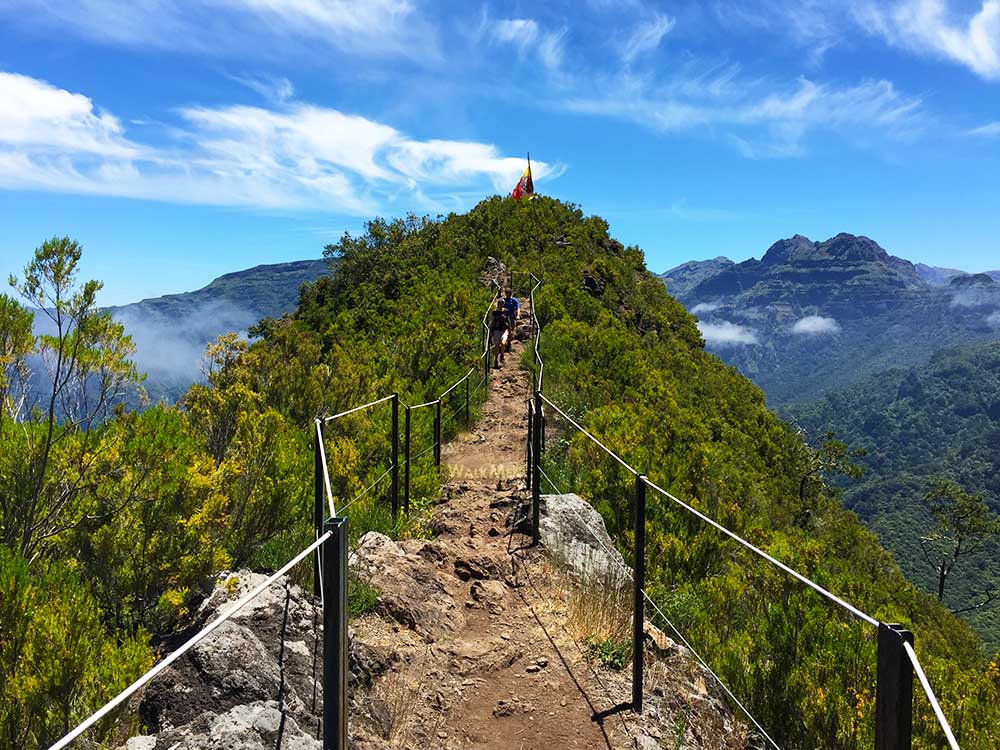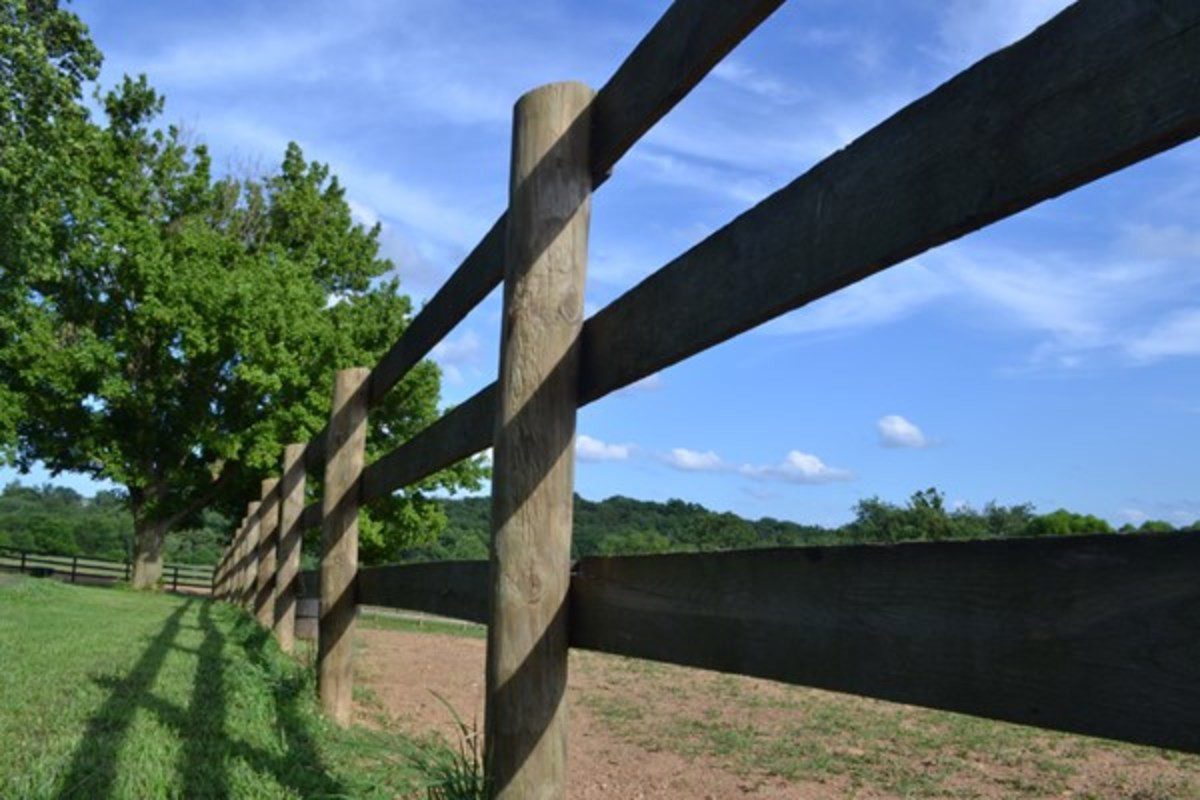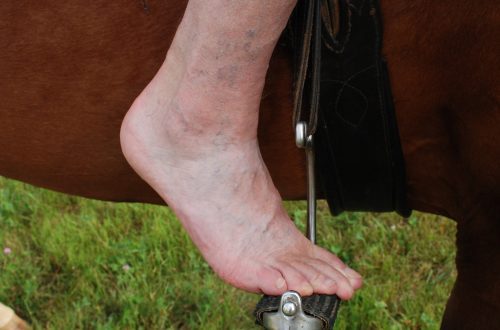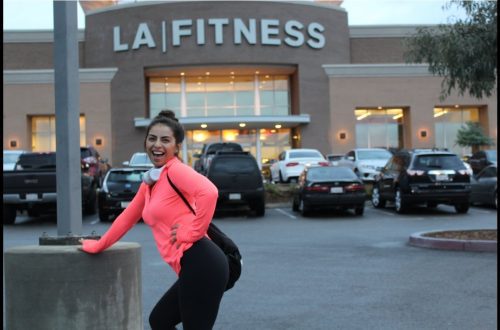
Choosing a fence for levada
Choosing a fence for levada
Whether you are building a new levada or renovating an old fence, this article is for you. The author suggests thinking not only about your financial capabilities, but also about your needs. Which fence is best for you?
The type of levada fencing depends on the horse or horses that will have to spend time in it.
When choosing a fence, most horse owners tend to focus on cost and aesthetic considerations, as well as consider material options available in their area. These factors are, of course, very important, but we believe that the decision-making process should start from something else.

Look at the problem from the other side and answer the question: what are your needs (not opportunities)? After all, for example, the type of levada fencing for a pair of horses of “retirement” age should not be the same as for a small herd of two-year-olds. So, let’s think about this problem together!
Step 1. Determine the needs Before you make the right decision, you must determine what qualities of the fence are most important to you. Rate each subsequent category on a scale of 1 to 10, where 1 is the highest priority and 10 is the lowest.
What is fraught with escape Levada horses? What is on the other side of her fence?
The consequences of your horses escaping from the levada will determine how fundamental the enclosure needs to be.
Are there dangerous places nearby (ditches, cliffs, roads) or places of accumulation of agricultural equipment? Могут ли лошади, в случае побега, нанести ущерб вашим соседям? Or are you located in a relatively remote area, surrounded by a safe area and loyal neighbors?
Analyze, what incentives does your horse have to make an escape. Maybe you need to keep the stallion separate from the mares? Or do you separate two horses that have been together for a long time? Whatever your situation, try to evaluate it:
1 – No incentive to escape; low risk of the horse harming neighbors or injuring himself. 5 – There is some incentive to escape; horses can collide with potentially dangerous objects, injure themselves. There is a risk of damage to neighbors. 10 – Great incentive to escape; horses face imminent danger and can cause serious damage to neighborhood property.
Availability of food outside the levada If there is pasture on the other side of the fence, and the horses do not have enough food (or there is worse food that can tempt them), you are guaranteed to get into trouble. Hungry, bored horses will surely seek to escape. In this situation, free access to good-quality hay can help, but horses that are used to competing for feed will be at risk – they can become potential fugitives.
Size of herbal levadaenough for a certain number of horses depends on a number of factors, which include climate, grass type, soil fertility, and the specific nutritional requirements of horses (how many calories each needs). The general rule is 2 hectares per head.
1 – Lots of grass; more than two hectares per horse. 5 – Average amount of grass; two hectares per horse. 10 – Poor pasture; less than two hectares per horse.
Состав поголовья What is the composition of your herd? Many or few heads, whether the horses are constant or their composition is intermittent updated? Same-sex horses or different-sex? Old or young? What temperament (calm, playful, destructive)? Is there a stable hierarchy or do horses constantly sort things out with each other? All of these factors should influence your choice.
1 – Elderly or not healthy horses, the dynamics of a stable herd. 5 – Average age, different sex composition, different temperament, the presence of some hierarchical disorder. 10 – Young, excitable, runaway horses. Mixed age, gender; indefinite hierarchy; frequent lineup changes
Availability next potential predators
Sometimes we need to fence off the levada, not only to keep the horses inside, but also to keep the predators out. Such predators can be aggressive packs of stray dogs, possibly wolves.
Foals and older horses are the most vulnerable to predators, but any horse is at risk of injury when running or chasing a barking dog.
1 – There is no threat of predators. 5 – Moderate threat of predators.
10 – Significant threat of predators.
Fencing installation
There are three variables to consider when installing a fence: cost, skill level of workers, and labor. Depending on your location, hiring professional workers to install your fence can add up to 30-250% in value!
Budget
1 – Unlimited. 5 – Moderate. 10 – Extremely limited.
Skill level
1 – Very experienced craftsmen, have a wide range of tools, including specialized ones. 5 – Moderate skills, some specialized tools. 10 – Extremely limited skills, no specialized tools.
Labor
1 – Unlimited time, multiple strong workers. 5 – Limited time, labor and assistance. 10 – Extremely limited time and labor force; no help.
Service
This is one of the most underestimated factors. How much you invest in a fence (in its materials and installation) will largely determine the amount of time it will last you. The use of expensive materials will most likely help save on maintenance of the fence in the future. But service plays an especially important role in fencing security: over time, you may notice that individual elements stick out of the fence – boards, nails, wire. It is very dangerous. In the case of the Installation rating, the Maintenance rating is also divided into 3 categories: skill level, budget and labor. Rate it the same way.
Annual budget for materials (spare parts, paints, surcharges for those who will be engaged in repairs, etc.) 1 – over $500. 5 – $50 to $500. 10 – less than $ 50 (the prices here are presented by the author, in Russian realities they may differ up or down, but one way or another they must be taken into account).
Labor 1 – The ability to check the fence more than once a week (and immediately after bad weather). Ability to spend more than half a day on periodic repairs. 5 – Possibility to check the fence weekly. Availability of 1 to 4 free hours for repairs. 10 – Possibility to check the fence monthly. Less than 1 hour free time for repairs.
Goal
The gate is very important. They serve both your safety and the safety of the horses. How big should they be, reliable, how well and quickly open and close? What should they be?
1 – Gates are needed primarily for people and equipment access, horses do not pass through them regularly. 5 – Horses pass through the gate for purposes other than feeding, usually alone. 10 – Horses are led through the gate daily for daily meals, sometimes three or four heads at a time.
Aesthetics
The beauty and aesthetics of the fence is not the most important factor compared to those described above. However, attractive, well-maintained fences are pleasing to the eye and will add a touch of class to your farm, club, etc.
1 – It is not important (there is practically no access to horses by strangers). 5 – Moderately important. 10 – Extremely important (business with high standards, high club attendance).
After you think about all the points we have proposed, calculate the resulting figure. It will reflect your main priorities. It is they who will have to correspond to your future fence.
Step 2: Analyze
There are many different types of fences of various price categories. It all depends on the region, the quality of the materials, whether you do the installation yourself or hire a professional.
In a very humid climate polymer-coated fencing can mold.
If you live в ветреной областиThe fence must be strong and wind resistant.
If in your area snowy and harsh winters, consider the level of strength of the fence.
If in your area возможно возгорание травы due to the high temperature, it is better to choose metal fences – wood and plastic can burn.
Durable or safe?
Due to their innate instinct to flee or sort things out, all but the most phlegmatic horses crash into fences very often. A secure fence in such situations is not necessarily the strongest. For example, a fence made of concrete and rebar can injure a horse if it collides with it at speed. On the other hand, a fence that is not too strong and not so traumatic can break, and the horse will run away.
Do not use fences that have wire in their construction: the horse can become entangled in it.
Consumption and installation costs vs. maintenance costs
Многие из самых простых в установке ограждений становятся в последствии самыми дорогими в обслуживании. С другой стороны, если постоянно тщательно контролировать состояние вашего ограждения, то затраты на ремонт будут небольшими.
While many fence manufacturers strive to make installation easy, there are fences that require special tools to install and repair. There are fences, the installation of which requires the presence of several workers, since the weight of the elements is very large.
The more horses you keep in the levada, the wider gates you will need (of course, if you do not plan to take them out of the levada one at a time). The wider your gate, the stronger the hinges should be. The strength of the hinges and how easily the gate can swing open will affect the level of risk that horses are likely to run away. A good option is to install the wheel on the edge of the gate. There must be two gates. Some for the withdrawal of horses, others for the entry of equipment into the levada.
Aesthetics and running costs
Fences made of wood are the most short-lived. Their term of use is about 10 years. Metal fences also require special care. If you are painting your fence, renew the paint every year. When choosing a paint color, consider its soiling.
On the market there are fences made of synthetic materials that imitate wood. The more exotic the color, the more expensive the cost.
Predator protection and installation and maintenance costs
If protection from predators is your top priority when installing a fence, then the best option is a metal mesh from to the ground. But keep in mind, mesh fences are subject to deformation, horses can put pressure on it and “pass through”. In this case, the net can be dangerous for the horse. Restoration and repair of such a fence is expensive and labor-intensive.
Mix and Match
The problem of choosing a fence in many cases can be solved by using a combination of different types of fences. For example, you may prefer an aesthetically pleasing wooden fence, but want to keep it safe from bites and bumps from your horse. Just stretch the electric shepherd along the poles of the fence from the side of the levada. The horse will “respect” such a fence and you will protect it from destruction.
Step 3: Be frugal
Once you’ve decided on a fence, talk to other horse owners who are already using it. Ask about its pros and cons.
If you are purchasing a fence from a manufacturer, look for options with a guarantee! Feel free to ask questions when buying. If you’re buying a metal item, find out if it’s susceptible to rust. If the fence is made of synthetic materials, ask how durable it is, whether it is susceptible to mold, how it tolerates heat and frost. If you are an adherent of aesthetics, then keep in mind that the color may fade over time, discuss this point as well.
When choosing workers who will mount the fence, check the recommendations and reviews of their work. If you install the fence yourself, be sure to follow the instructions and consult the manufacturer.
Step 4: Be vigilant
After installing your fence, don’t forget about it. Now you must support it. condition. Check if everything is in order, if there are any broken elements etc.
When scheduling inspection activities, take into account seasonal weather changes. You may need to check the fence more often during cold and rainy seasons.
Also remember that if you use an electric shepherd, then it must be turned on all the time. A switched off electric shepherd is not a fence.
Keep an eye out for other factors that may affect the condition and life of your fence. Are there puddles at the gates that turn into “mini swamps”? Does water splash out of the drinker, causing soil erosion under the fence? The more attentive you are to the smallest details, the longer you will last. your fence, and the safer your horses will be.
Elizabeth Iliff Prax; translation by Valeria Smirnova (source)





